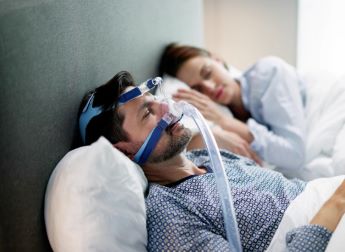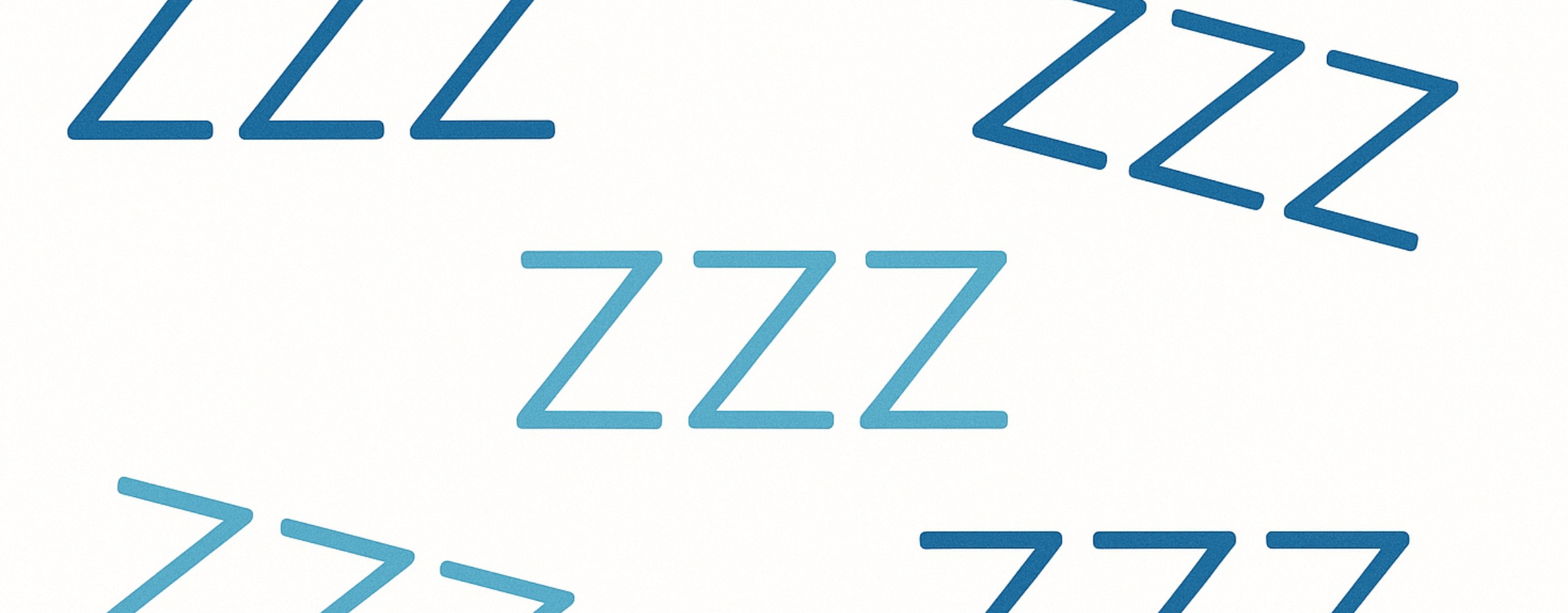A Mandibular Advancement Device (MAD)—also known as a mandibular advancement splint or oral appliance for sleep apnea—is a custom-made, prescription medical device that you wear in your mouth during sleep. It gently shifts the lower jaw (mandible) forward, as well as pulling the tongue forward slightly out of the airway. This helps keep the airway open during sleep, reducing episodes of snoring and obstructive sleep apnea (OSA). It is the most common CPAP alternative available.

Why Consider a MAD? An Effective Alternative to CPAP
CPAP (Continuous Positive Airway Pressure) remains the gold standard for treating sleep apnea. The CPAP is very effective in treating Obstructive Sleep Apnea, yet many patients find CPAP uncomfortable for many reasons and cannot tolerate wearing it nightly.

Common patient complaints about CPAP wear:
- Discomfort of the mask on face or nose.
- Leaky mask blowing air into the eyes.
- Dry, stuffy nose from constant air flow.
- Claustrophobic feeling.
- Skin irritation and sores.
- Trouble falling asleep.
In contrast, MADs offer a compelling alternative oral appliance for sleep apnea:
- Smaller, quieter, and easier to transport—ideal for travel and daily convenience.
- Comfortable and discreet—no mask, no machine noise.
- Non-invasive and reversible—and allows natural breathing, even by mouth.
Below are 3 examples of the hundreds of Mandibular Advancement Devices available. The particular device is determined by the patients’ dentition, habits, and which will be the most effective and comfortable for nightly wear.



Effectiveness: What Does the Data Show?
MADs are a well-researched option, particularly for patients with mild-to-moderate OSA or those who are intolerant of CPAP.
Objective Improvements (AHI reduction)
- A 2023 meta-analysis found that long-term MAD use reduced the apnea-hypopnea index (AHI) by about –16.8 events/hour (high statistical significance) PLOS.
- Another study reported that 57.9% of patients achieved AHI < 10—and 31.6% achieved AHI < 5—with a MAD PMC.
- A systematic review showed an approximate 66% reduction in AHI with MAD use Wikipedia.
Long-Term Benefits and Patient Satisfaction
- Long-term studies confirm sustained improvements in sleepiness (measured by the Epworth Sleepiness Scale decreased by about –4 points) and other quality-of-life metrics PLOS.
- MADs are often better tolerated than CPAP. In one randomized crossover trial, 81% of patients preferred oral appliance therapy over CPAP UpToDateWikipedia.
- Blood pressure reductions have been observed with MADs, similar to CPAP outcomes Wikipedia.
How Prevalent is Undiagnosed Sleep Apnea?
Sleep apnea is surprisingly common—yet largely undiagnosed:
- In the U.S., nearly 30 million people are estimated to have OSA—but up to 80% remain undiagnosed.
- Prevalence estimates vary globally, from 9% to 38% of adults—rising sharply with age.
- Among adults aged 30–70, 26% are affected by sleep apnea.
- Sleep apnea increases risks of serious outcomes—including cardiovascular disease, stroke, diabetes, cognitive decline, and more.
Symptoms like snoring, daytime sleepiness, morning headaches, and poor concentration often go unrecognized or dismissed—particularly in adults aged 35–75. Here is a great article on excessive sleepiness.
Choosing the Right Treatment
- Ideal candidates for MADs: Patients with mild-to-moderate OSA (AHI < 25), BMI under ~30, and good dental status.
- Severe OSA or anatomical complexity: May respond better to CPAP or other interventions.
- Device selection matters: Custom-made and adjustable MADs (fabricated by a qualified dentist) outperform generic models (Amazon, etc).
- Side effects: Some users experience mild, temporary jaw or tooth discomfort, drooling at night, or bite changes—often manageable with a dental provider’s guidance.
- Qualified dentist: A MAD should be fabricated under the care of a qualified dentist, who is trained in dental sleep medicine. You can find one here.
Why This Matters to You (or Your Snoring Partner)
If you’re aged 35–75 and dealing with snoring or daytime fatigue—or if your partner snores—untreated sleep apnea could be affecting your sleep, your health, and your daily energy. A MAD offers:
- A quieter, gentler alternative to CPAP
- Proven reductions in apnea events
- Improvements in daytime alertness, blood pressure, and quality of life
- Convenience and comfort during travel or daily use
Ready to Explore MAD Therapy?
Take the next step toward better sleep and health: [Click here to schedule your free consultation today!]
Healthy Sleep Options is located at Hughes Family Dental, 393 Eastbrooke Point Drive, Mount Washington, KY 40047.
 Frequently Asked Questions About Mandibular Advancement Devices
Frequently Asked Questions About Mandibular Advancement Devices
1. What is a mandibular advancement device?
A mandibular advancement device (MAD) is a custom oral appliance that gently moves your lower jaw forward to keep your airway open while you sleep. It’s commonly used to treat snoring and obstructive sleep apnea (OSA).
2. Is a mandibular advancement device as effective as CPAP?
CPAP is considered the gold standard for sleep apnea treatment, but studies show that MADs can be just as effective for many patients with mild to moderate OSA. Many patients actually wear their MAD more consistently than CPAP because it’s smaller, quieter, and more comfortable.
3. Who is a good candidate for a mandibular advancement device?
MADs are best suited for patients with mild to moderate sleep apnea, people who snore, and those who cannot tolerate CPAP. A dental sleep medicine provider will evaluate your airway, dental health, and sleep study results to determine if you’re a candidate.
4. Is a mandibular advancement device covered by insurance?
Yes, most medical insurance plans—including Medicare—cover oral appliance therapy for sleep apnea when prescribed by a qualified dentist. Coverage depends on your diagnosis and insurance provider.
5. Are there side effects of using a MAD?
Some patients experience temporary jaw soreness, dry mouth, excess saliva, or bite changes. These are usually mild and improve with adjustment by your dentist. Long-term use is considered safe when monitored by a dental sleep medicine provider.
6. How does a MAD help with snoring?
By moving the lower jaw forward, a MAD prevents the airway from collapsing—the main cause of snoring. Many partners notice a dramatic improvement (or complete resolution) of loud snoring.
7. How do I get started with oral appliance therapy?
The first step is a free consultation with a dentist trained in dental sleep medicine. At Healthy Sleep Options at Hughes Family Dental, we provide custom-fit oral appliances and help patients navigate medical insurance coverage.

